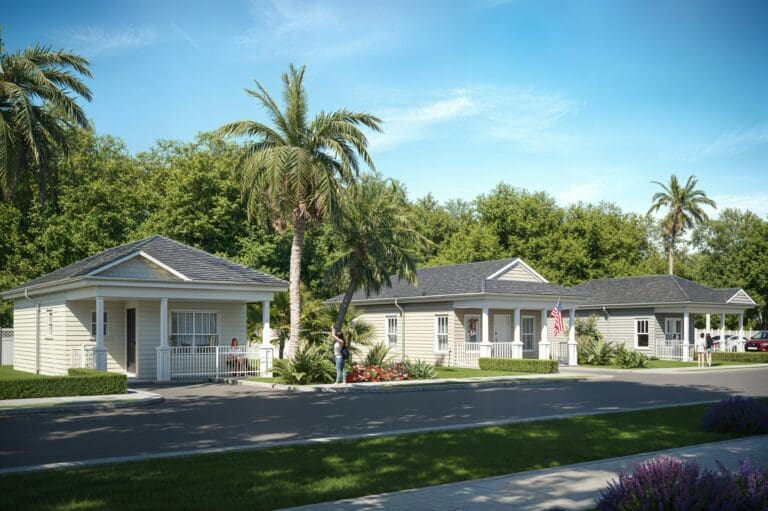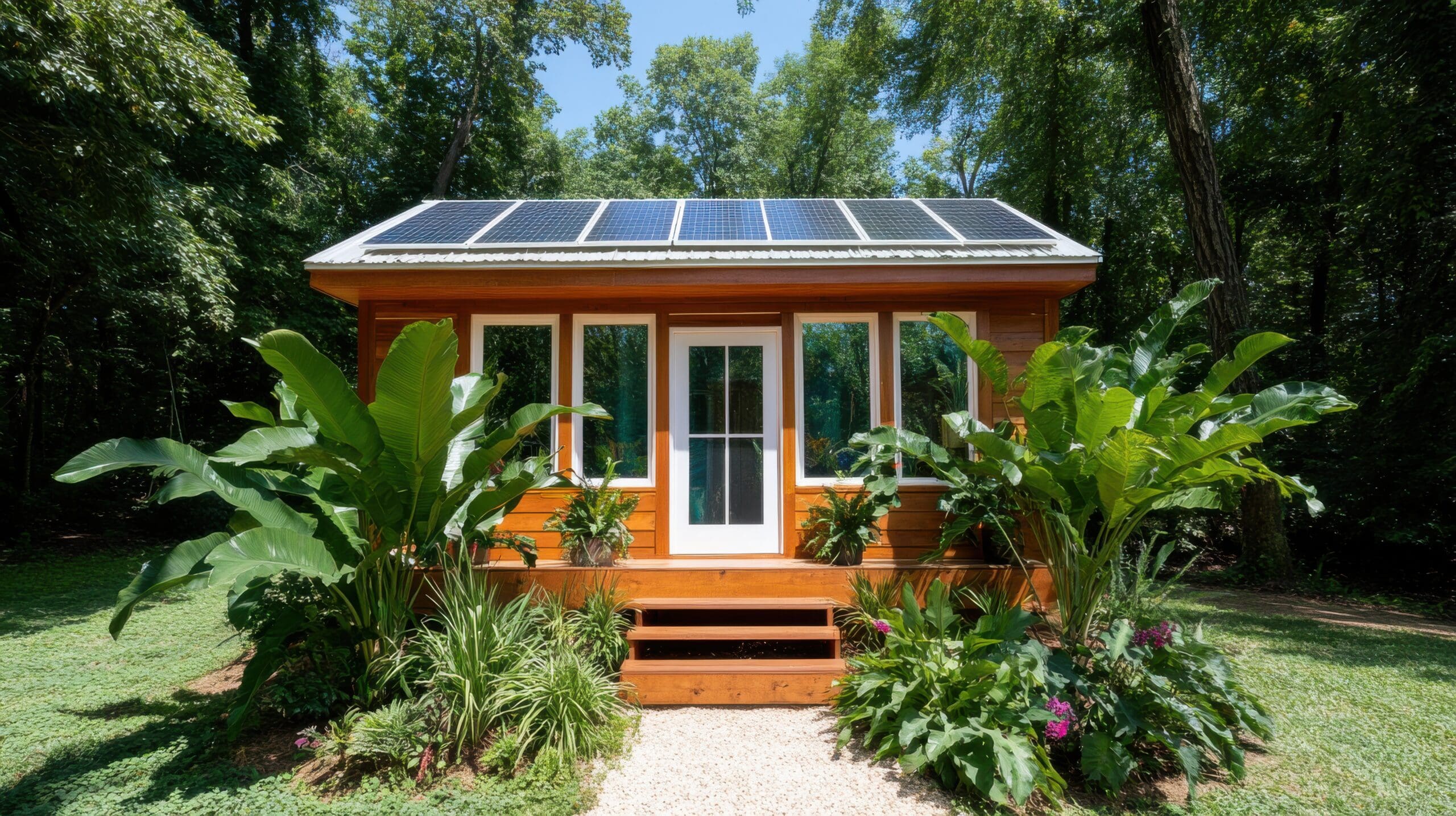Florida’s year-round sunshine is more than just a selling point—it’s a powerful resource for tiny homeowners looking to embrace sustainable living. At One and Only Tiny Homes, we believe that integrating solar energy into your tiny home isn’t just environmentally responsible; it’s also a smart financial move, especially in sunny Broward and Palm Beach Counties. In this blog, we’ll explore why solar energy is a perfect match for tiny homes in Florida, break down the costs and benefits, provide tips for maximizing efficiency, review Florida’s solar incentives, and share a real-life success story from a local solar-powered tiny home.
Why Florida is Ideal for Solar-Powered Tiny Homes
Florida, known as the “Sunshine State,” boasts an average of 237 sunny days a year. This abundance of sunlight creates ideal conditions for solar panels to generate consistent, clean energy. For tiny homes, which typically have lower energy needs than traditional houses, the return on investment for solar is even more compelling.
Tiny homes are designed with efficiency in mind, so even a modest solar array can often cover the majority, if not all, of a tiny home’s electricity needs. This is particularly valuable for off-grid living or for homeowners seeking reduced utility bills and a lighter environmental footprint.
The Costs and Benefits of Installing Solar Panels on Your Tiny Home
One of the first questions many homeowners ask is: What does it cost to install solar panels on a tiny home, and is it worth it? The answer depends on the size of your tiny home and your energy consumption. On average, a solar system for a tiny home in Florida can range from $4,000 to $12,000, depending on the number of panels, battery storage options, and installation specifics.
While the upfront investment may seem significant, the long-term savings are compelling. Florida’s residential electricity rates are approximately 13.60 cents per kilowatt-hour, and with the state’s abundant sunshine, solar panels can significantly reduce or even eliminate your monthly electricity bill. Over the system’s lifespan—typically 25 years or more—homeowners can save thousands of dollars.
Additionally, tiny homes often require smaller and less expensive solar systems compared to larger homes due to their efficient design and lower energy requirements. This means your payback period—the time it takes for your solar investment to pay for itself in energy savings—can be shorter.
Maximizing Energy Efficiency in Your Tiny Home
To get the most out of your solar investment, it’s essential to maximize your tiny home’s energy efficiency. Start by choosing ENERGY STAR-certified appliances, LED lighting, and low-flow water fixtures. Good insulation and energy-efficient windows can further reduce heating and cooling demands, ensuring that your solar array is powering your essentials rather than compensating for energy waste.
Thoughtful design also plays a crucial role. Orienting your home and solar panels to capture the most sunlight, using shading strategically, and minimizing unnecessary electrical loads all help to ensure your solar system operates at peak efficiency. At One and Only Tiny Homes, we work with clients to incorporate energy-smart design elements into every build, allowing solar systems to perform optimally.
Florida’s Solar Incentives and Tax Benefits
Florida is a solar-friendly state, offering a variety of incentives to make solar installation more affordable. The state’s Property Tax Exclusion for Residential Renewable Energy Property means that the value added to your tiny home by solar panels is not subject to additional property taxes.
On the federal level, the Investment Tax Credit (ITC) allows homeowners to deduct 30% of the cost of installing a solar energy system from their federal taxes. This can translate into substantial savings, especially when combined with Florida’s lack of state income tax and property tax exemptions.
What to Expect: Solar-Powered Tiny Homes in Florida
Solar-powered tiny homes are gaining popularity across Florida, thanks to the state’s ample sunshine and growing interest in sustainable living. A typical energy-efficient tiny home in Florida needs a much smaller solar system than a conventional house—usually between 2 kW and 5 kW—because of reduced square footage and lower energy demands. For example, a 2.5 kW solar system can generate roughly 3,500 to 4,000 kilowatt-hours (kWh) of electricity annually in Florida, often enough to meet the needs of a well-designed tiny home.
Financially, the benefits are clear. With Florida’s average residential electricity rates, a solar-powered tiny home generating 4,000 kWh per year could offset several hundred dollars annually in electricity costs. When combined with the 30% federal solar tax credit, which reduces the upfront cost of installation, many tiny homeowners in Florida find their solar investment pays for itself within just a few years.
These trends demonstrate that, with thoughtful planning and energy-smart design, solar-powered tiny homes in Florida offer a practical and rewarding path to energy independence—making the most of the Sunshine State’s greatest natural resource.
Ready to Go Solar? Let’s Build Your Dream Tiny Home
Harnessing Florida’s sunshine is more than a trend; it’s a smart, sustainable solution for tiny home living. With the right planning, incentives, and expert guidance, your tiny home can be both energy independent and environmentally friendly. If you’re ready to explore solar solutions for your tiny home or ADU in Broward or Palm Beach County, contact One and Only Tiny Homes today. Let’s design a future that’s bright, sustainable, and uniquely yours.


